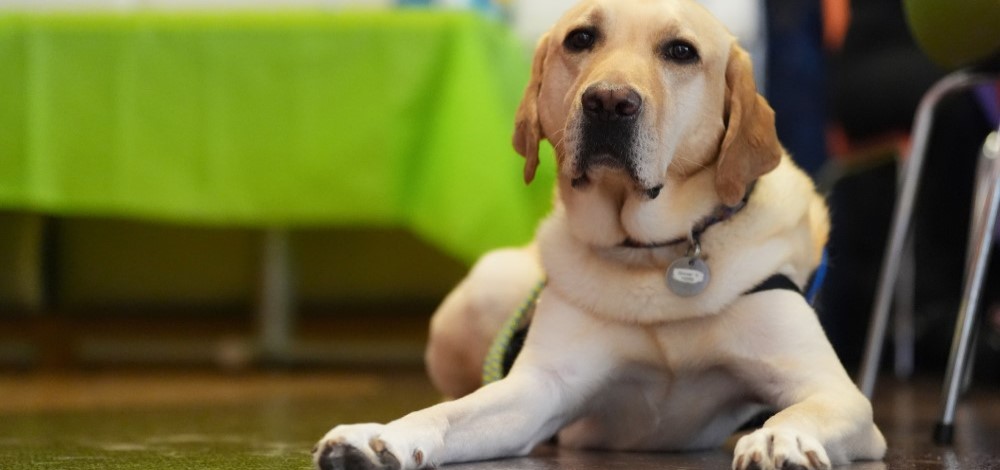Asthma and the Legacy of Racism Extends Beyond Poor Neighborhoods
Post Date: May 23, 2022 | Publish Date:

Data from a long-running birth cohort study shows that children from poorer or more densely populated neighborhoods were more likely to develop asthma, as were Black and Hispanic children even in more affluent neighborhoods, compared to White children.
The study, led by Antonella Zanobetti, PhD, Harvard T.H Chan School of Public Health, Department of Environmental Health, and by Patrick Ryan, PhD, MS, Cincinnati Children’s Hospital Medical Center, was published online May 23, 2022, in JAMA Pediatrics.
The study analyzed data from 5,809 children born over a span of four decades near 10 study sites throughout the United States. Each study site used questionnaires and interviews to collect information such as wheezing and asthma occurrence, medical history, and demographics from children and their parents over many years. Each child home address was matched to U.S. Census tract data for the decade closest to the birth year.
Using survival analysis, they examined how children’s race/ethnicity (reported by parental questionnaire), their mother’s education level and smoking habits, and their neighborhood conditions, were related to incidence of asthma and wheeze.
Wheezing and asthma were common. Of the 5,809 children, 46% experienced wheezing in their first year of life, with 26% having wheezing through age 11. One in four children were diagnosed with asthma by age 11.
Children in neighborhoods with higher population density, and with more families below the poverty level experienced more asthma and early and persistent wheeze. Black and Hispanic children remained at higher risk for asthma than White children even in neighborhoods with more resources.
“Our study suggests that the social and environmental legacy of racism adversely influencing respiratory health extends beyond poor neighborhoods,” the investigators concluded.
“Identifying and repairing the root social and environmental causes of race/ethnicity-based inequalities is critical to improving children’s respiratory health,” Ryan says.
“Neighborhood- and individual-level characteristics and their root causes should be considered as sources of respiratory health inequities. Reducing these inequities requires identifying and repairing differences between- and within- neighborhoods to create equal access to healthy living conditions,” Zanobetti says.
This study is the first in a series of three planned research phases. It examined large data sets from 10 of 12 groups of people born at a similar time, or birth cohorts, within the Childhood Respiratory and Environmental Workgroup (CREW). The cohorts are in diverse urban, suburban, and rural areas across eight states in the Northeast, Midwest, and Southwest. Data from 8,997 children were collected starting in 1980. New enrollees have been added to new cohorts over the decades until 2013.
Previous birth cohort studies have identified some risk factors that leave children more vulnerable to developing asthma, but the impact of these risk factors is small and at times limited by specific population characteristics. The CREW initiative, which was established in 2016 and is directed by James Gern, MD, University of Wisconsin-Madison, was created to overcome the statistical limitations of smaller studies. CREW is part of a seven-year initiative from the National Institutes of Health’s Environmental Influences on Child Health Outcomes (ECHO) program.
“The CREW study and the overall ECHO program for the first time enable information from multiple and diverse US asthma birth cohort studies to be combined so that investigators can identify causes of disease and develop new strategies to prevent severe childhood asthma,” Gern says.
This research was supported by a grant from the National Institutes of Health (5UG3OD023282).







